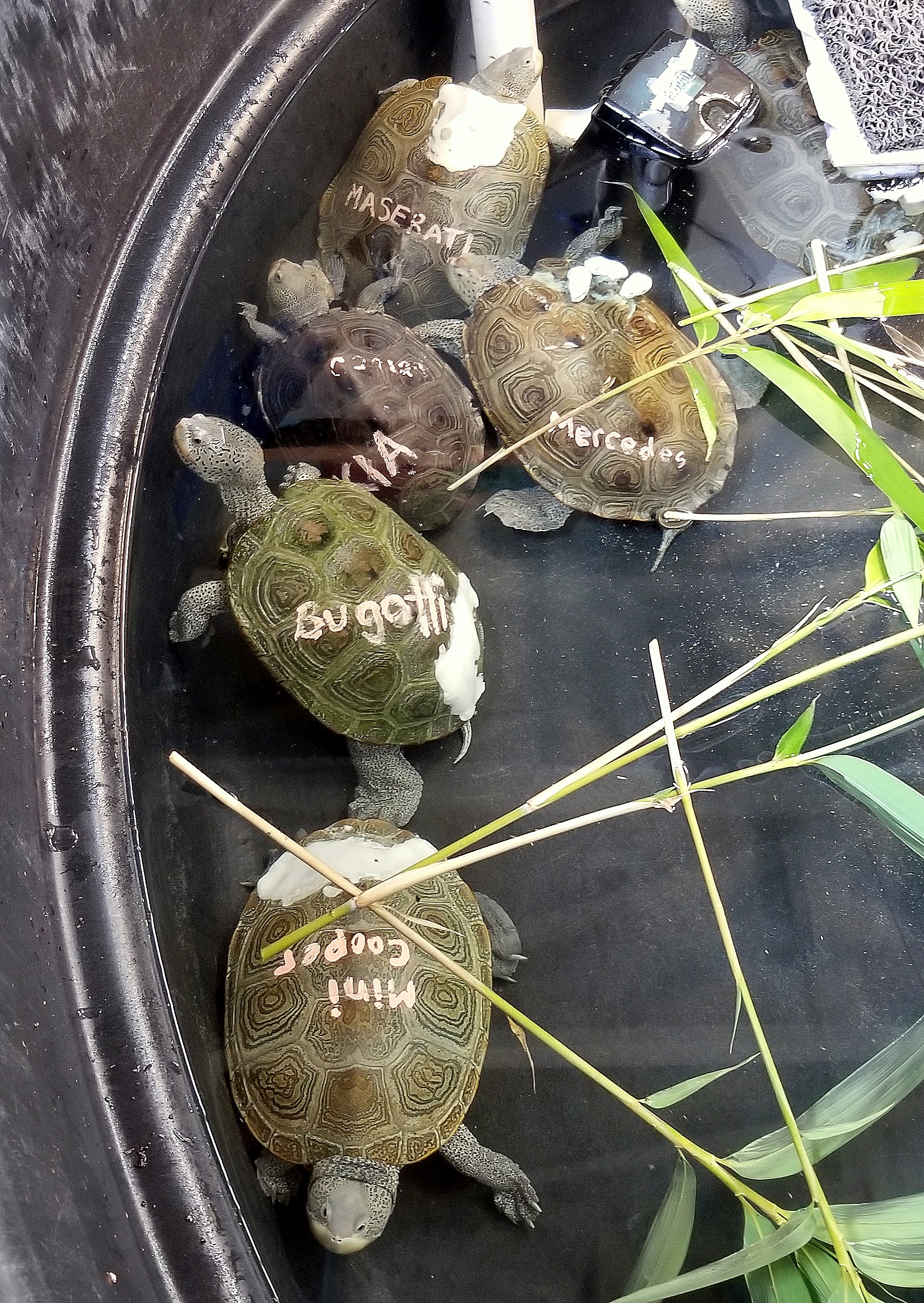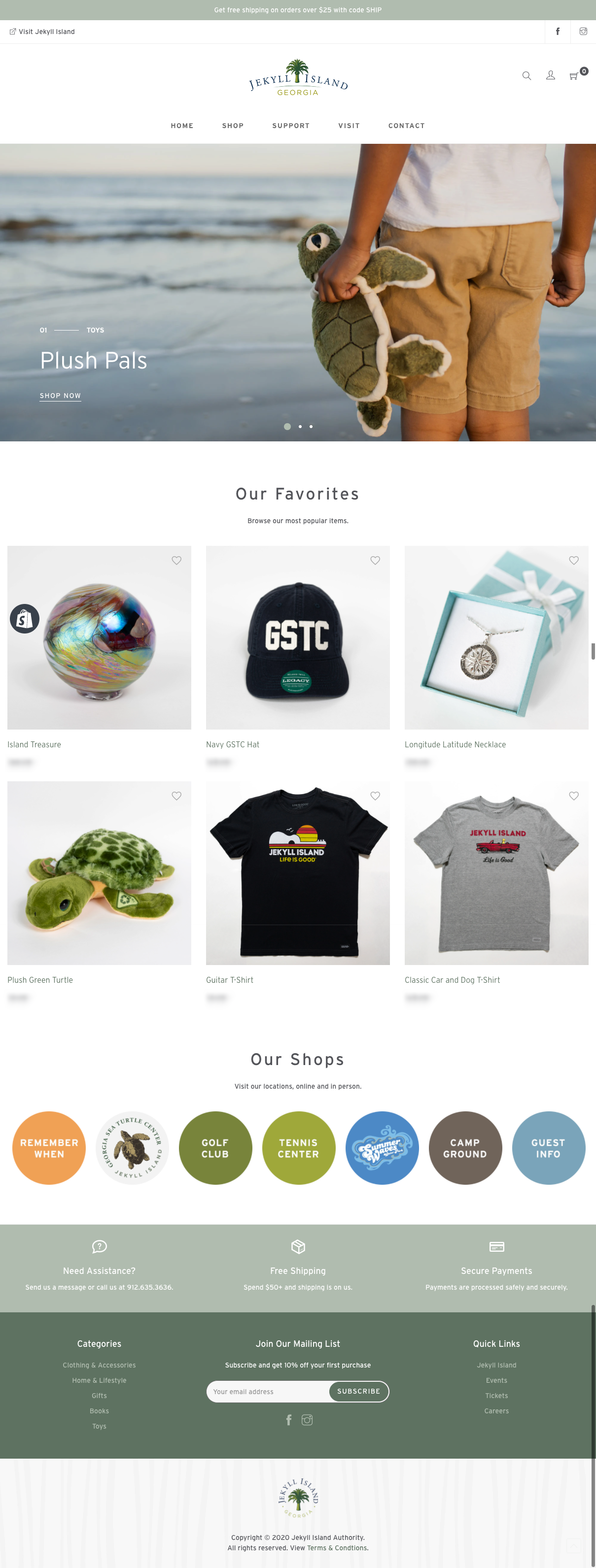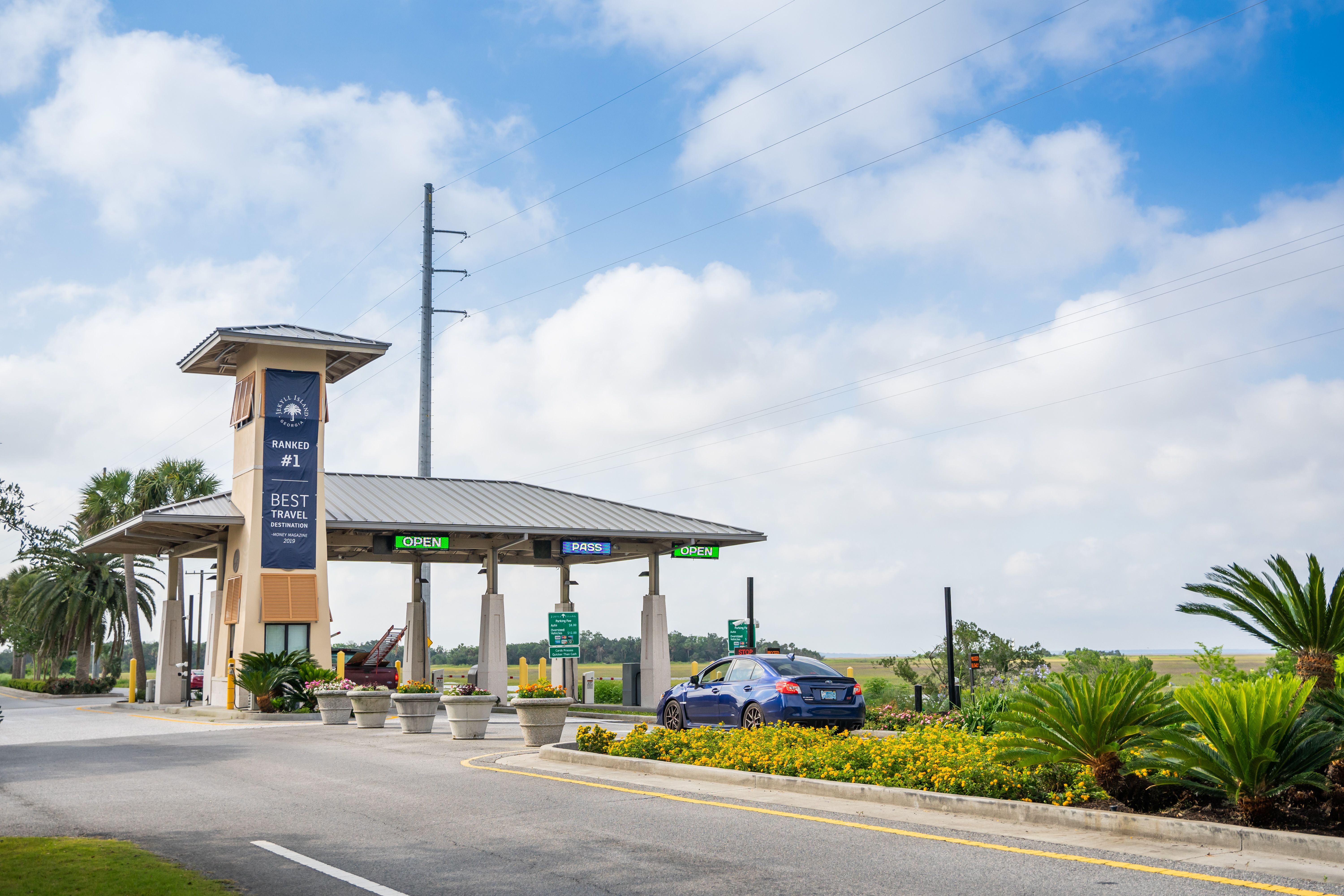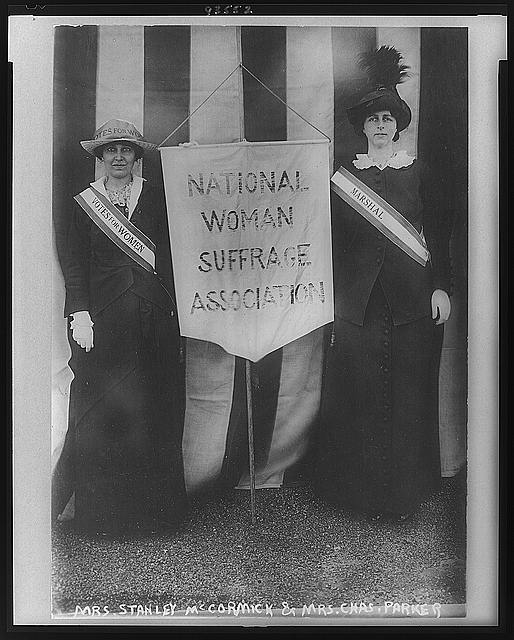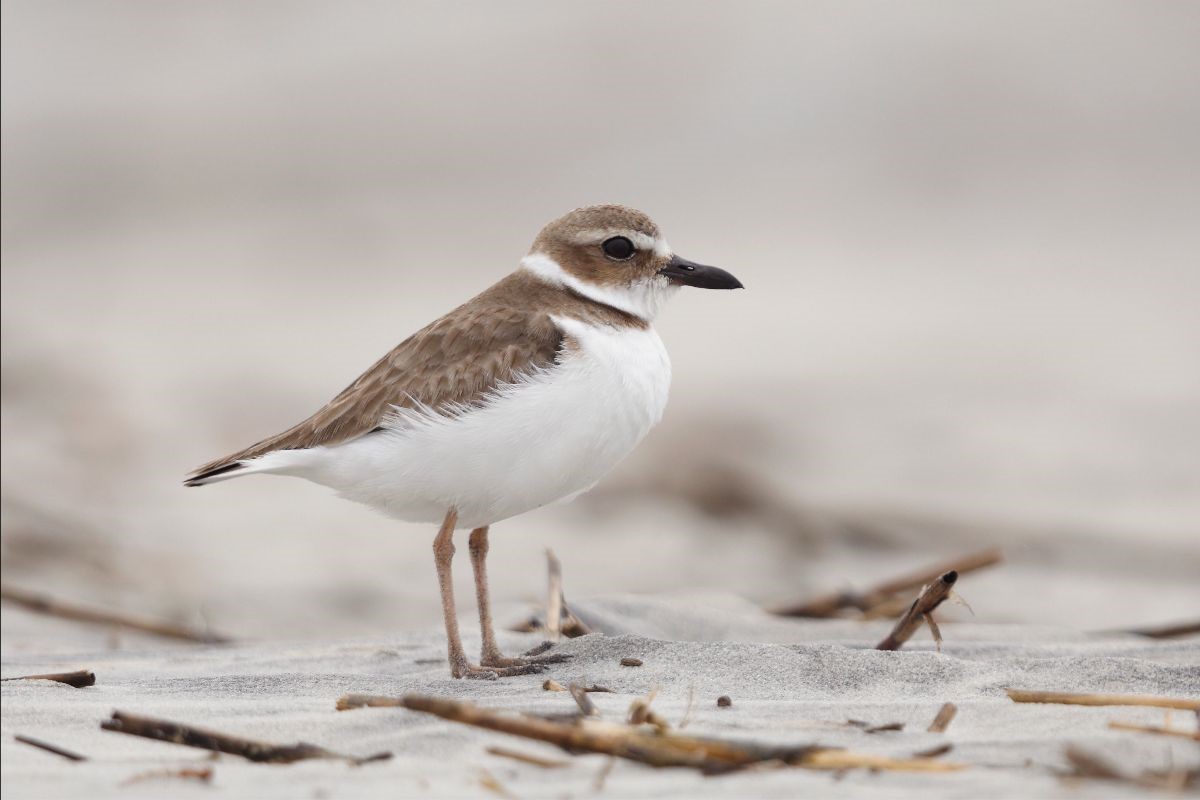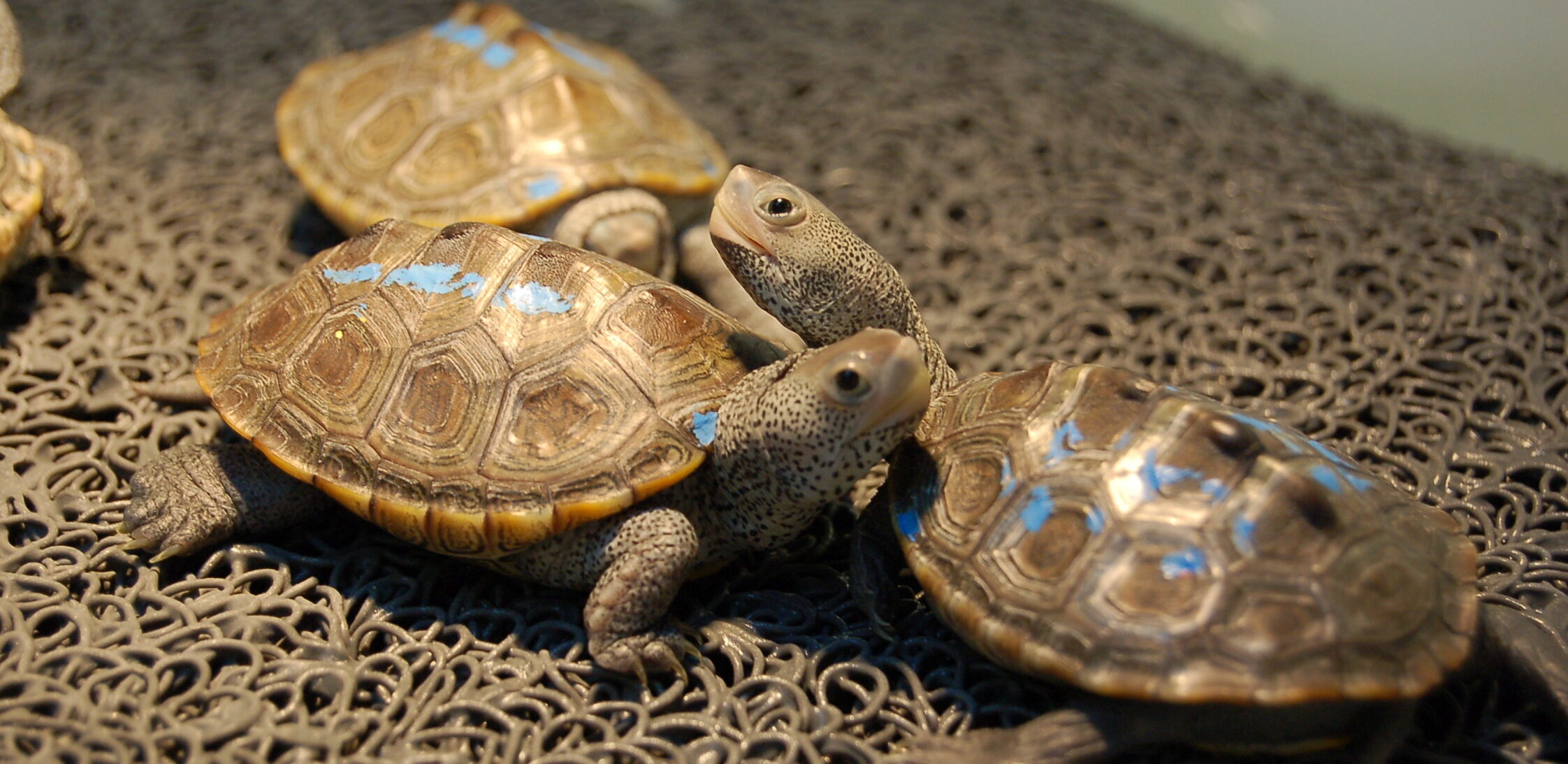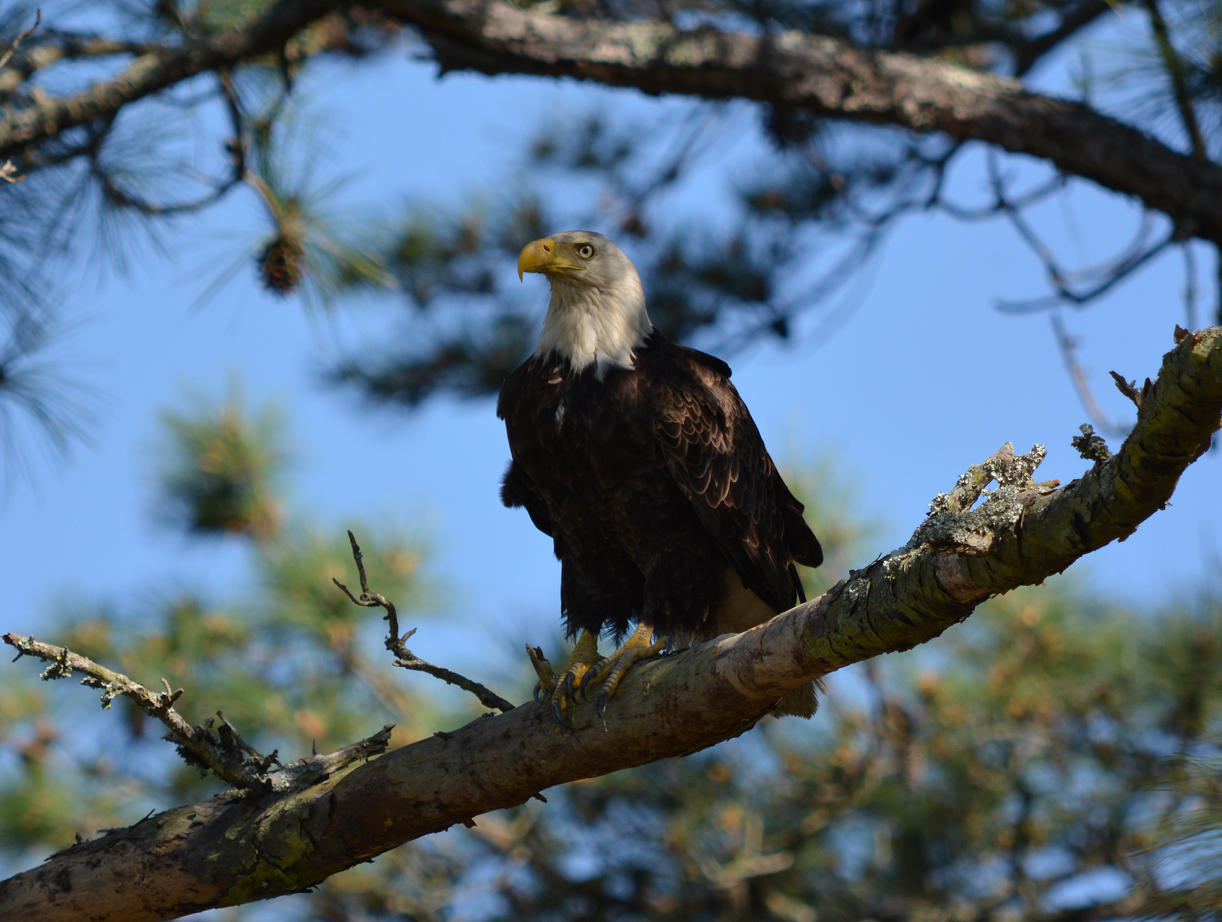By Rob Mahon, GSTC General Manager
& Michelle Kaylor, GSTC Rehabilitation Manager
The Georgia Sea Turtle Center (GSTC) has reopened its doors to the public! The past few months have been unexpected and unprecedented around the world. The Georgia Sea Turtle Center was closed for nearly 2 months due to the COVID-19 pandemic, but then reopened on May 15 under limited capacity with increased sanitation protocols. Please visit the GSTC website for details on these enhanced safety measures.
The staff at the GSTC are excited to welcome back visitors and have already educated a number of guests looking to learn about sea turtles, other turtle species, and the GSTC conservation mission of EDUCATION, REHABILITATION, & RESEARCH. In addition to the daily programs that guests will still experience when visiting the Center, turtle walks are also still available to be scheduled.
Diamondback Terrapin (DBT) nesting season is half-way complete and has already surpassed GSTC historical records. DBT team members have encountered 534 individual DBTs on the causeway thus far and are fast approaching the 2015 season record of 520 individuals.
In the hospital, 10 adult female terrapins are being cared for due to car incursion, and the incubators are at capacity, warming and growing 217 DBT eggs, some of which are beginning to hatch after their 45-day incubation period. One adult DBT female – named KIA – has been released so far this season. She was hit by a car, brought into the hospital, rehabilitated, and was ready to go!
The 2020 Diamondback Terrapin Road Season could not have been successful without the support from the Jekyll Island Foundation and its donors. To support the ongoing work of the Georgia Sea Turtle Center, text GiveJekyll + $ amount to (844) 889-2692 and follow the prompts, or visit the Jekyll Island E-commerce store.
